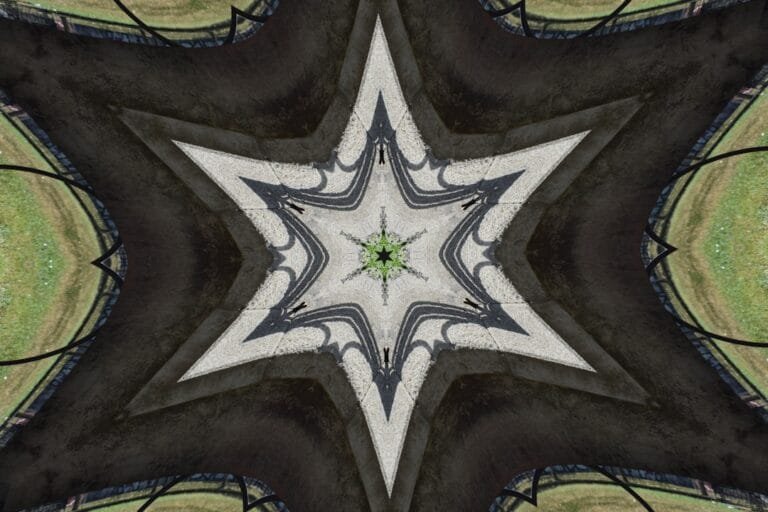The Art and Science of Drawing a Tiger’s Eye: A Detailed Guide
Drawing a tiger’s eye isn’t just an artistic endeavor; it’s a deep dive into the complexity and beauty of nature. The tiger, known for its majestic presence and piercing gaze, offers artists an opportunity to explore intricate details and textures. This article will guide you through the step-by-step process needed to create an authentic and captivating depiction of a tiger’s eye using both artistic techniques and a scientific understanding.
Understanding the Anatomy of a Tiger’s Eye
Before you even pick up your pencil, it’s crucial to understand the anatomy of a tiger’s eye. Unlike humans, a tiger’s eye has a slit pupil, which is key for their exceptional night vision. This pupil can constrict to a vertical line or dilate to a full circle, depending on the light exposure. The iris is often a rich amber color, surrounded by dark fur that can range from deep orange to black.
Materials You’ll Need
Gathering the right materials is essential for capturing the essence of a tiger’s eye. You will need high-quality sketch pencils, ranging from 2H to 6B for flexibility in shading. Additionally, a set of colored pencils or watercolors may be useful for adding depth and vibrancy to the iris. Having a good-quality sketchbook or paper that can handle multiple mediums will ensure your drawing withstands various techniques.
Step-by-Step Drawing Instructions
Step 1: Outline the Basic Shape
Begin with the basic outline of the eye. Use a light pencil, such as a 2H, to sketch an almond shape. It is crucial at this stage to establish symmetry and proportion, as the accuracy here will set the foundation for the entire drawing.
Step 2: Add the Pupil and Iris
Draw the pupil within the almond shape, ensuring it’s placed slightly off-center towards the top. This asymmetry gives the eye a more natural appearance. Around the pupil, sketch the iris, considering the unique patterns and color variations present in a real tiger’s eye.
Step 3: Focus on Fur Texture
The fur around the eye is as important as the eye itself in achieving a lifelike drawing. Use short, quick strokes with a 4B pencil to mimic the texture of the tiger’s fur. Pay attention to the direction and density of the fur, especially the transitions between the brow and the cheek area. Utilize softer pencils like 6B to create shadows and depth, enhancing the three-dimensional quality of the fur.
Step 4: Shading and Reflection
Realism is achieved through fine shading. Use a range of pencils, adjusting from hard to soft, to introduce gradients in the iris and the surrounding areas. Add highlights by gently using an eraser to lift some graphite, creating the glint of light that brings the eye to life.
The Science Behind the Gaze
A deeper understanding of zoological studies can greatly enhance the accuracy and fidelity of your drawing. Tigers have evolved to have a reflective layer behind their retina known as the tapetum lucidum, which gives their eyes a gleaming appearance. Including this scientific detail in your artwork can elevate your drawing from mere representation to an homage to the complexity of these incredible creatures.
Conclusion
Drawing a tiger’s eye is more than an exercise in artistry; it is an exploration of nature’s intricate design. By integrating a scientific perspective with traditional techniques, you can create a visually arresting and scientifically informed piece. Whether you are an aspiring artist or a seasoned scientist, mastering the art of drawing a tiger’s eye allows you to capture the wild allure of one of nature’s most fascinating creatures.









